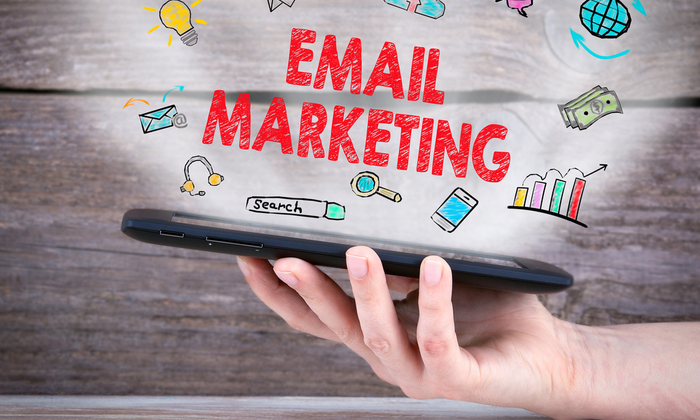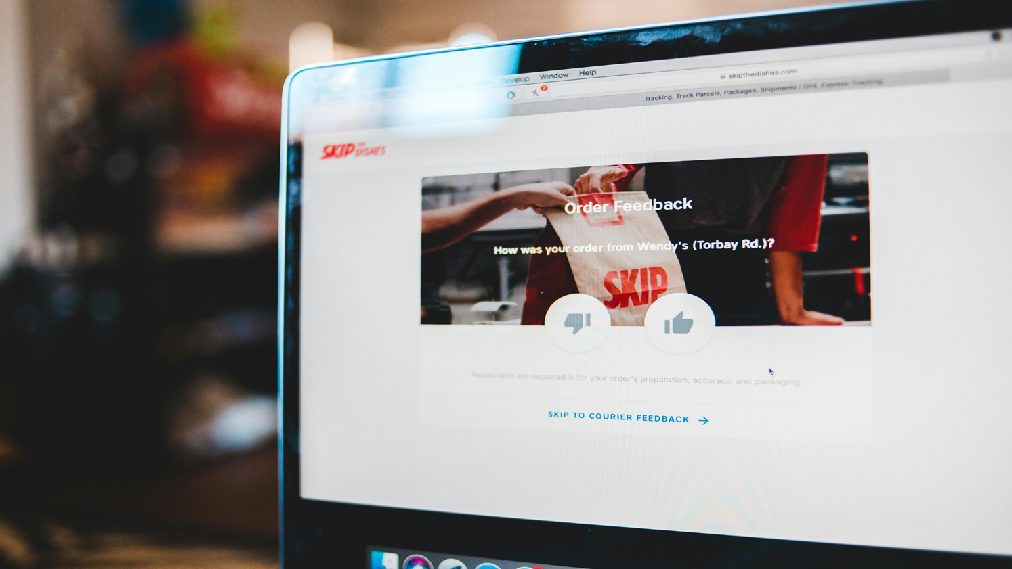Boosting Blog Engagement to Turn Readers into Leads
One of the main goals of blogging is to attract readers and eventually convert them into leads. But this is a challenging road, so buckle up!

While you have to have the enthusiasm and determination for this exciting adventure, there are a few actual steps you can take to make it a less bumpy ride. With the saturated markets and constant bombardment of commercials online, you have to focus more of your efforts on quality rather than quantity.
This approach, in combination with a few tips and tricks we have for you, will help you generate more leads from your blog faster. So, if you want to know how to convert blog readers into actual leads, keep reading.
1. Understanding Your Audience
Understanding the people reading your content is the first step toward success. Why? Identifying your audience's interests, needs, and issues can help you tailor your content to be more effective and engaging. The conversion is likely to happen with content that understands and talks to your audience.
2. Quality Content is the Cornerstone

The essence of your blog is the content you provide. High-quality, informative, and engaging content is non-negotiable. This includes a mix of well-crafted articles, visuals, videos, and infographics. The aim is to offer value, making your blog a trustworthy source of information, which is crucial for converting readers into leads. Once the audience builds trust, they are more likely to become leads and customers.
3. Effective Call-to-Actions (CTAs)
Your blog should always include a clear call to action. These are directives to your readers to take the next step, be it signing up for a newsletter, downloading a free guide, or getting in touch for more information.
Well-placed and compelling CTAs can gently nudge readers toward becoming leads. It’s important to be strategic with the placement and create an organic flow that naturally leads your readers to take action.
4. Lead Magnets: The Incentives
Lead magnets are incentives you offer in exchange for contact information. Whether it's a free ebook, a discount, or exclusive content, the goal is to provide something valuable and relevant to your audience's interests.

Depending on your niche and audience, you can choose a great incentive to attract the reader’s attention, compel them to keep reading and leave their contact for more information.
5. SEO: Driving Organic Traffic
Search engine optimization (SEO) is crucial for attracting organic traffic to your blog.
What does this mean in the real-life writing process? Using relevant keywords, optimizing meta descriptions, and ensuring mobile-friendliness can lead to increased traffic and, subsequently, more potential leads. In fact, according to a recent study, websites that appear on the first page of Google search results capture as much as 92% of search traffic, emphasizing the importance of a strong SEO strategy for lead generation.
6. Engaging with Leads from Social Media
Incorporating social media into your blog's strategy is essential. Consumers love to see the brand expand its influence on Instagram, Facebook, TikTok, and other platforms. This adds to credibility and builds trust. New generations of consumers are very well-informed and love to find influencers they can trust.
Promoting your blog posts on social media platforms can draw in more readers. Engaging with these platforms can be a rich source of leads from social media, linking various audience networks to your blog.
7. Nurturing Leads: Email Marketing
Once you have captured leads, it's important to keep them engaged. Regular emails with updates, newsletters, or exclusive offers keep your audience connected and remind them of your blog's value.

It’s all about providing the correct information, building credibility, and nurturing engagement with your audience.
8. Using Feedback and Analytics
Analytics tools can help you understand your blog's performance, giving insight into the most effective content and reader interactions. Feedback from readers also offers valuable perspectives on improving your blog and conversion strategies. Combining tools and feedback can point you in the right direction and help you make an informed decision on the future of your blog.
9. Starting a Blog with Lead Generation in Mind
If you're considering starting a blog, focus on lead generation from the beginning. Plan your content, SEO, and marketing with the aim of converting readers into leads. Choose topics that not only interest your audience but also are conducive to generating leads.
Keep in mind that people resonate with stories, so make sure to incorporate them into your blog. You can achieve this by adding success stories, testimonials, or any other example from the real world that makes your content more engaging. Engagement and personal connection with your readers is the best way to generate leads.
10. Consistency and Patience

Even though you started a high-quality blog and followed all the steps to generate leads, remember that this process takes time. Be patient and keep up the quality standards you set from the start. In addition, stay active and engage with your readers to build trust over time. Converting readers to leads is a gradual process that requires patience, consistency, and adaptability.
Conclusion
Converting blog readers to leads is a journey that combines understanding your audience, delivering quality content, effective call-to-actions, and strategic use of lead magnets.
SEO is crucial in driving organic traffic, while social media engagement opens avenues for more leads. Email marketing and regular feedback help in nurturing and retaining these leads. Remember that consistency and patience are essential for those starting a blog focusing on lead generation. It's a gradual process that requires dedication and adaptability.
By combining all these elements in one place, your blog can become a significant source of leads, contributing to the growth and success of your business or brand.





